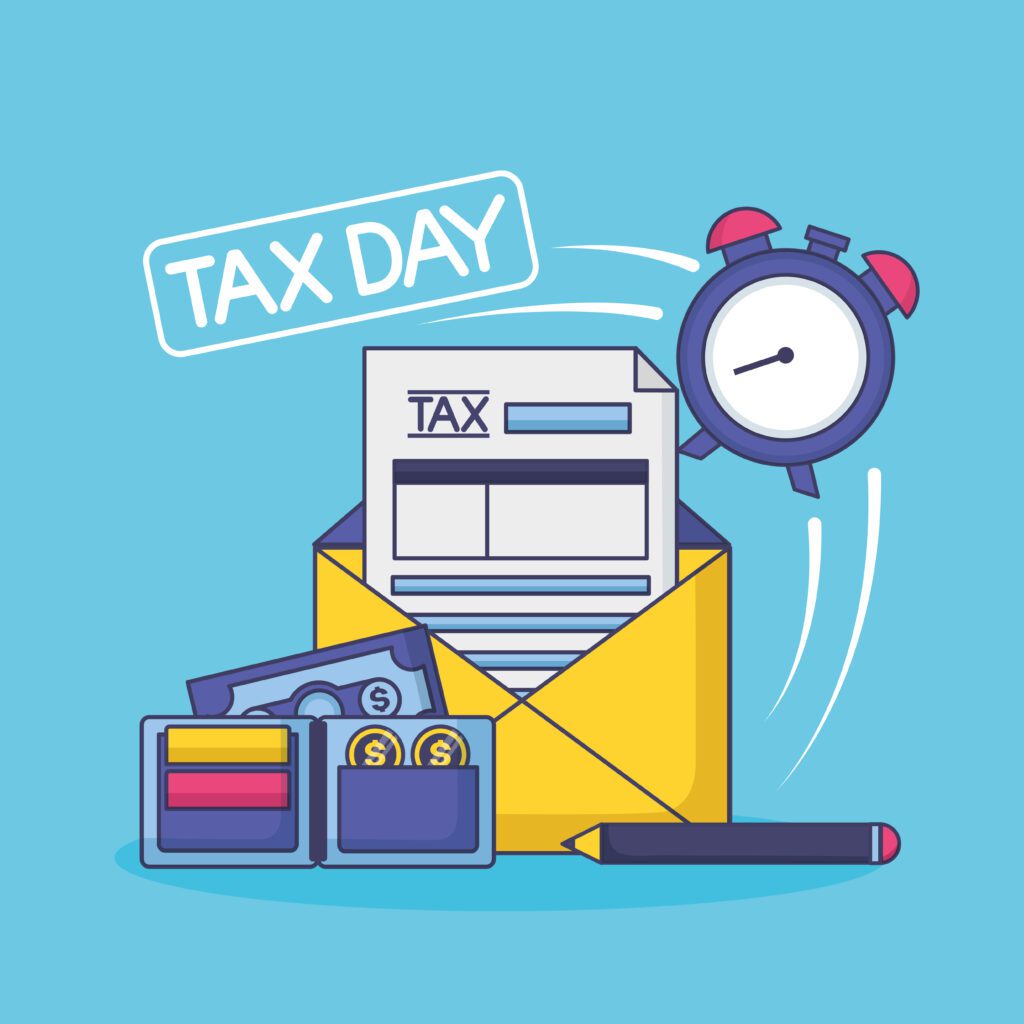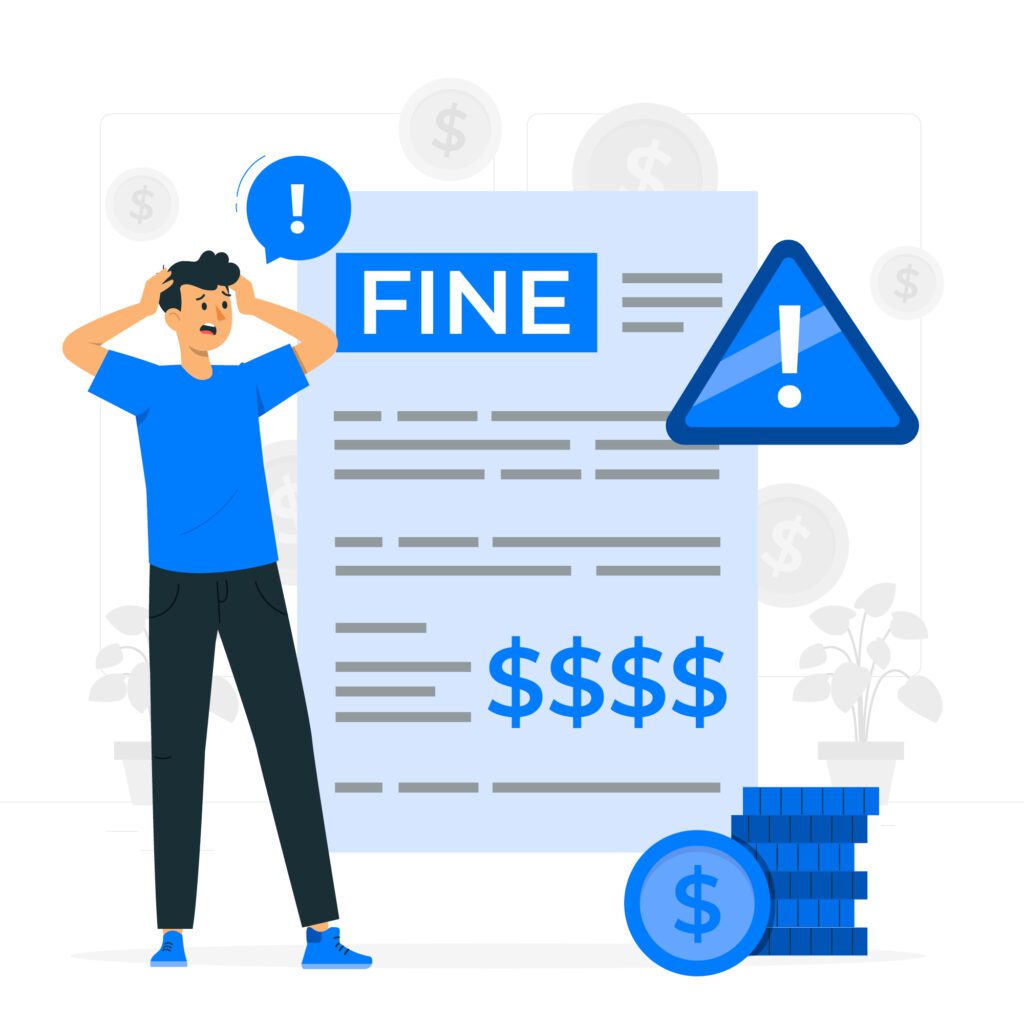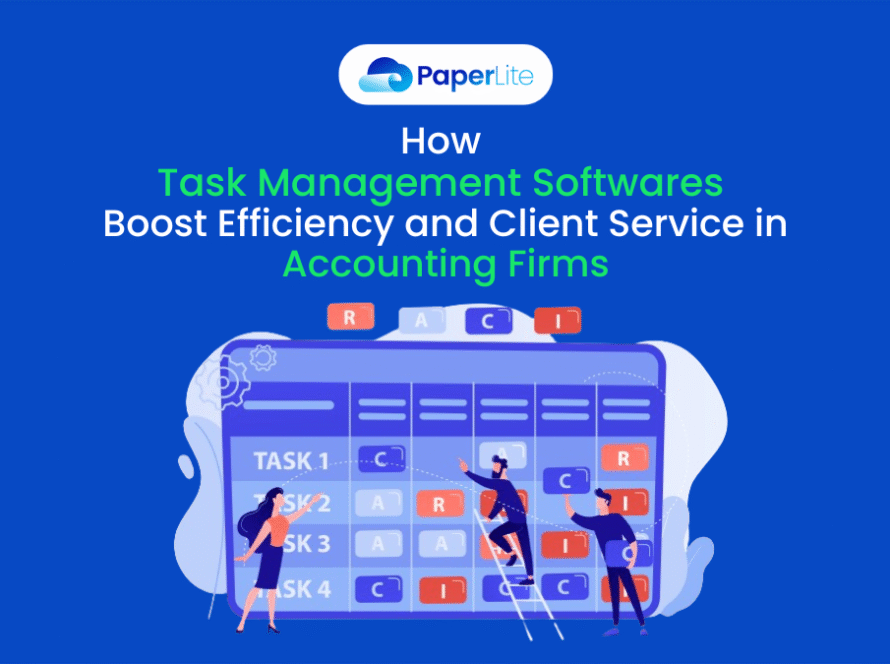Filing TDS returns on time is crucial for both the deductor as well as deductee.
However, unplanned events or technical glitches can cause delays in filing these TDS returns. While the Income Tax Act imposes penalties for such delays, it necessitates a closer examination of situations involving purely technical, unintentional errors.
This blog provides a detailed analysis of TDS quarterly return filing procedures and examines the application of Section 272A(2)(k) penalties in cases of delay.

Understanding TDS
Tax Deducted at Source (TDS) is a method used by the Indian government to collect taxes at the source of income. The payer deducts a certain percentage of tax when making payments to the receiver, which is then remitted to the government.
TDS curbs tax evasion, boosts compliance, simplifies filing, and speeds up government revenue.
Quarterly Returns of TDS
Quarterly TDS returns are like progress reports for your tax deducted at source (TDS).
Every three months, the deductor needs to submit a summary of all the TDS they’ve collected from the deductees during that period.
Think of quarterly TDS returns as a mini tax filing, like a sneak peek for the government of what you’ve withheld from salaries, interest, and other sources. It might seem to be unnecessary paperwork, but it helps you and the government keep track of your tax payments.
Different Types of TDS Return Forms
| Form | Periodicity | Particulars |
| Form 24Q | Quarterly | The quarterly statement for TDS from “Salaries” |
| Form 26Q | Quarterly | Quarterly statement of TDS in respect of all payments other than “Salaries” |
| Form 27Q | Quarterly | Quarterly statement of TDS from interest, dividend, or any other sum payments to non-residents |
| Form 27EQ | Quarterly | Quarterly statement of collection of tax at source |
TDS Due Dates of FY 2023-24 for Return Filing
This table outlines the due dates for each quarter in FY 2023-24. Ensure timely filing to avoid penalties and keep your tax affairs on track. Notably, the 1st Quarter has separate dates for 26Q and 27Q. For all other quarters, the last date falls on the 31st of the following month.
| Quarter | Period | Last Date of Filing |
| 1st Quarter | 1st April to 30th June | 31st July 2023 | 30th Sep. Only for 26Q and 27Q |
| 2nd Quarter | 1st July to 30th September | 31st October 2023 |
| 3rd Quarter | 1st October to 31st December | 31st Jan 2024 |
| 4th Quarter | 1st January to 31st March | 31st May 2024 |
Penalties for Return-Filing Delay
Missing your TDS return deadline comes with consequences, outlined in Section 271H of the Income Tax Act.

If you’re the “deductor” responsible for collecting and reporting TDS on income sources like salaries or interest payments, be aware of potential penalties for late filing. The Act can levy a minimum fine of Rs. 10,000, which can snowball up to Rs. 1,00,000 depending on the delay.
Furthermore, the penalty amount isn’t fixed. It’s calculated as a percentage of the tax you deducted, and this percentage increases with each quarter of delay. This means the longer you wait to file, the bigger the financial burden you face.
For extreme cases of non-compliance, Section 272A(2)(k) grants the tax authorities the power to impose an additional penalty of up to Rs. 10,000 for each day your return is late.
While late filing attracts penalties, the question arises – should these penalties apply in cases of a mere technical venial breach?
For instance, a deductor encountering a technical glitch on the e-filing portal on the due date, leading to a delay in filing the return. This unintentional mistake, without any intent to evade tax, raises concerns about the fairness of imposing a harsh penalty.
Finding the Right Balance
In an increasingly digital world, occasional technical hiccups during TDS return filing are inevitable. Blindly penalizing such venial breaches, especially for first-time offenders, could discourage genuine taxpayers and create unnecessary anxiety. Striking a balance between enforcing accountability and recognizing inadvertent technical errors is crucial for a fair and efficient tax system.
Possible Solutions:
Given below are the possible solutions to the dilemma:

Categorizing Delays:
Instead of a one-size-fits-all approach, categorize delays based on intent and severity.
Minor, unintentional technical glitches could attract lower penalties or even waivers, while intentional delays or repeated violations could face stricter consequences.
Waiver Provision:
This could involve providing documentation of technical issues, screenshots of error messages, or confirmation from the e-filing portal itself. Such a provision would offer relief and avoid penalizing taxpayers for factors beyond their control.
Technology Upgradation:
Continuously upgrade the e-filing portal and tax infrastructure. This includes improving user interface, fixing technical bugs, and ensuring platform stability,making compliance easier and more efficient.
Awareness Campaigns:
Launch targeted awareness campaigns to educate taxpayers and chartered accountants about the importance of timely filing, penalties for late submissions, and available waiver options.
Simplification of Forms:
Simplify TDS return forms and filing procedures. Clear and concise instructions, along with user-friendly interfaces, can reduce confusion and minimize errors, especially for less tech-savvy taxpayers. This would benefit everyone involved in the filing process.
By implementing these solutions, the tax system can strike a balance between enforcing accountability and recognizing genuine difficulties faced by taxpayers.
Conclusion:
In summary, while timely TDS return filing is crucial, penalizing technical glitches that are unintentional can hinder genuine compliance. By implementing solutions like categorizing delays, offering waivers for technical issues, and continuously improving the e-filing experience, we can create a tax system that is fair, efficient, and user-friendly for both taxpayers and the government.
Let’s strive for a system that encourages responsible compliance while recognizing the occasional hiccups in our increasingly digital world. Remember, a collaborative approach can pave the way for a smoother, more transparent, and ultimately, less stressful tax filing experience for everyone involved.


